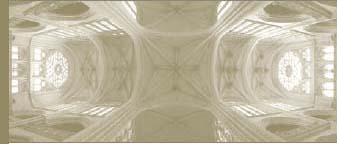Contents
Chapter One:
Solutions and Formats
Chapter Two:
Framing and Composition
Swing-Lens and Rotational Cameras
Chapter Three:
Flatback Cameras and Picture-Taking
Throwaway, APS, and Compact Cameras
Chapter Four:
Picture-Taking with Swing-Lens and Rotational Cameras
How Do Swing-Lens and Rotational Cameras Work?
Depth of Field and Hyperfocal Distance
Importance of the Entrance Pupil
Localized Metering – Differences in Contrast
Chapter Six:
Photographic Assemblage
Joining with the Realvis Stitcher
Joining with the Panavue ImageAssembler
Second Step: Series Assemblage
Chapter Seven:
After the Exposure
Traditional or Digital Prints?
Presentation of Panoramic Photographs
Distribution of Images on the Internet
Appendix B: Photographic Credits

..................Content has been hidden....................
You can't read the all page of ebook, please click here login for view all page.

